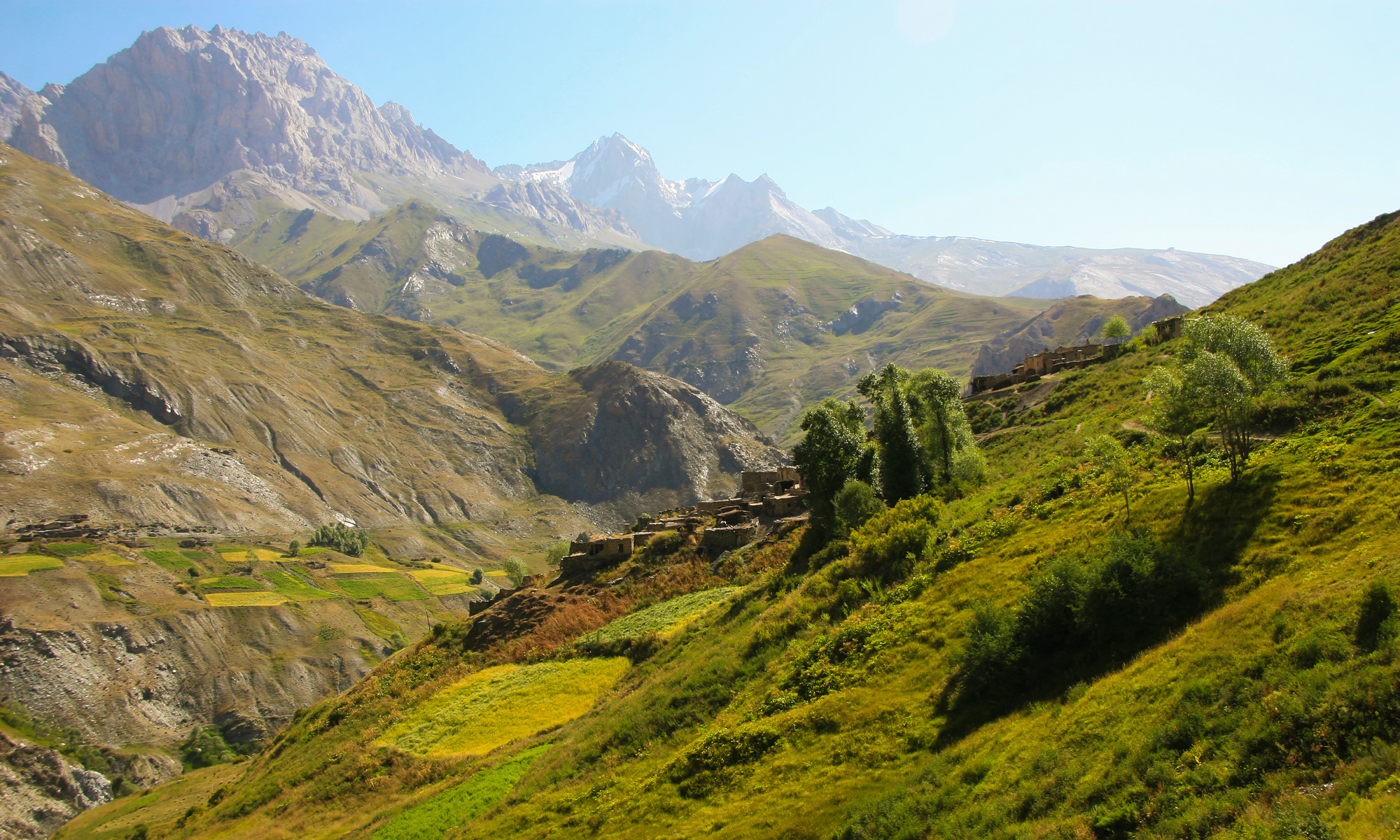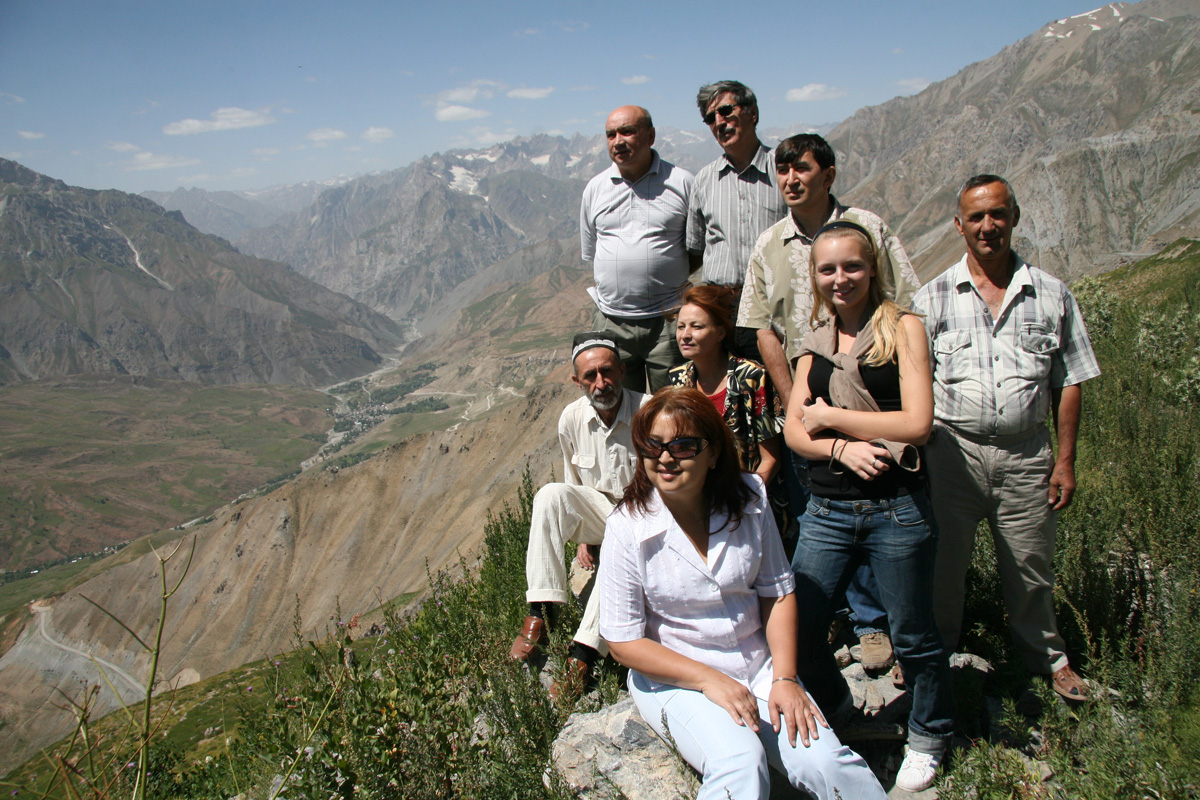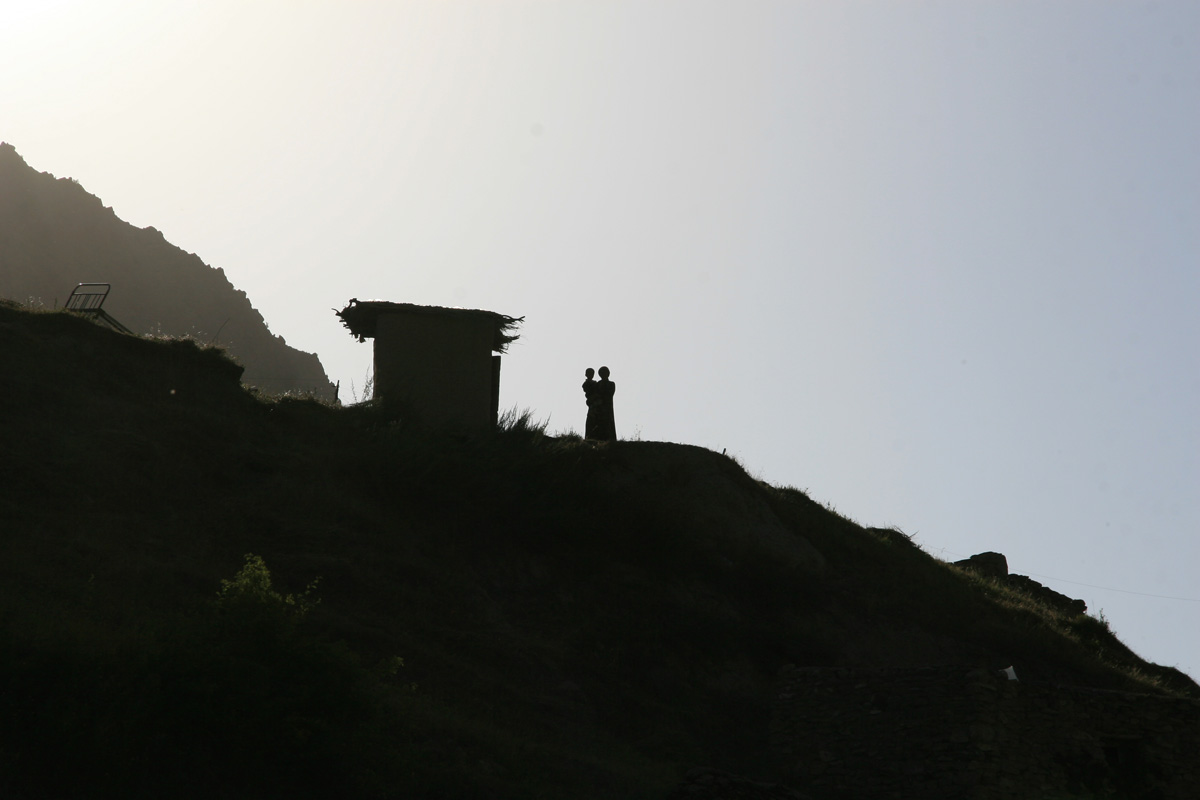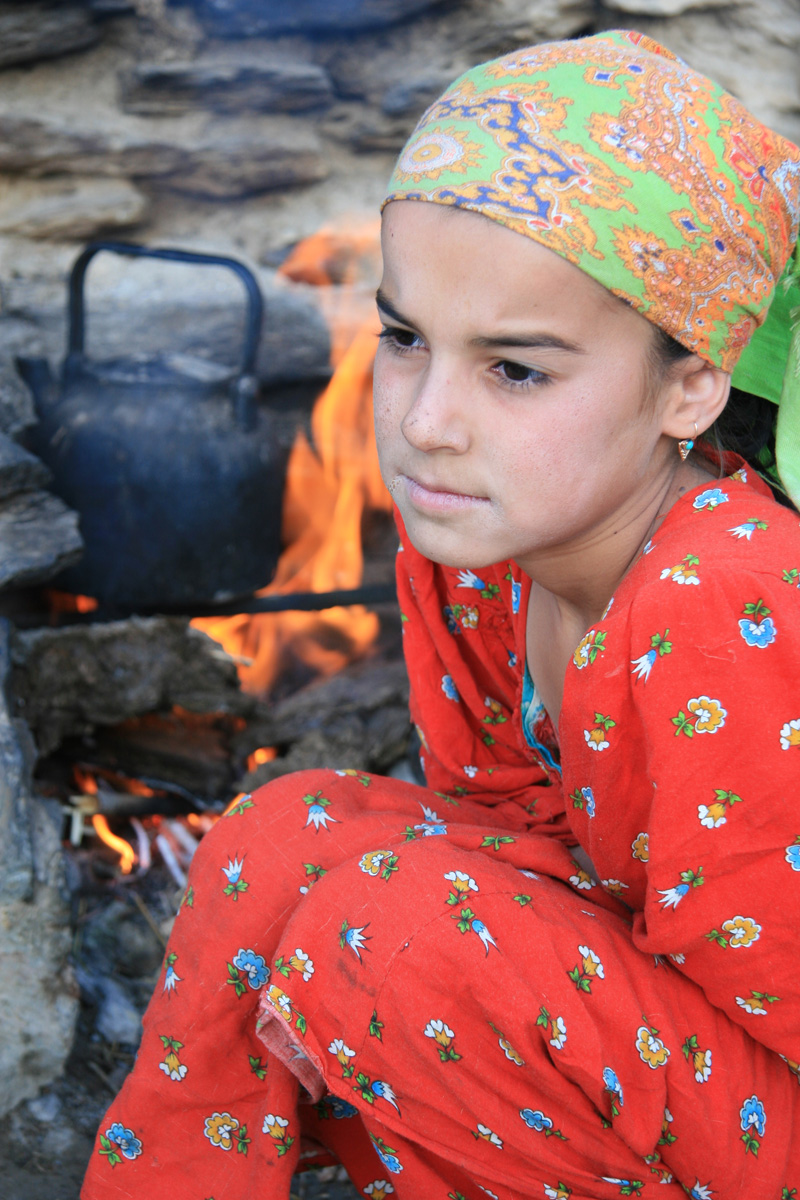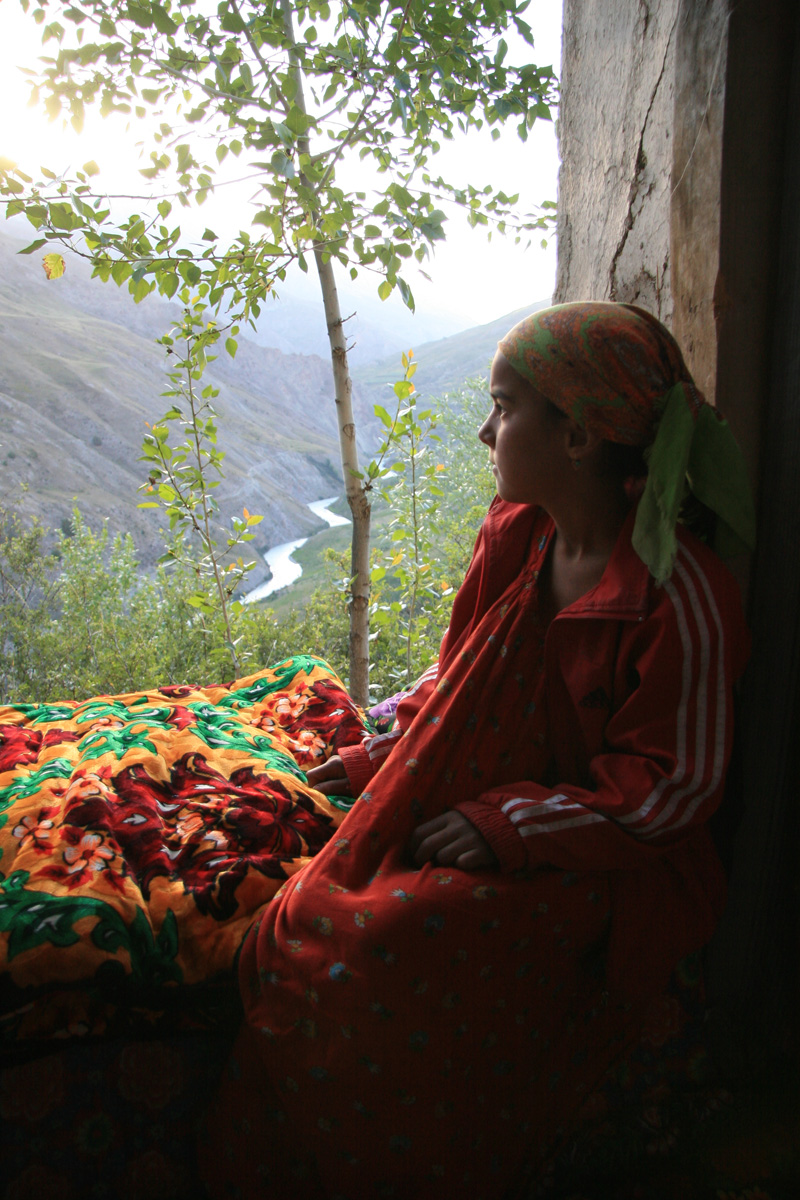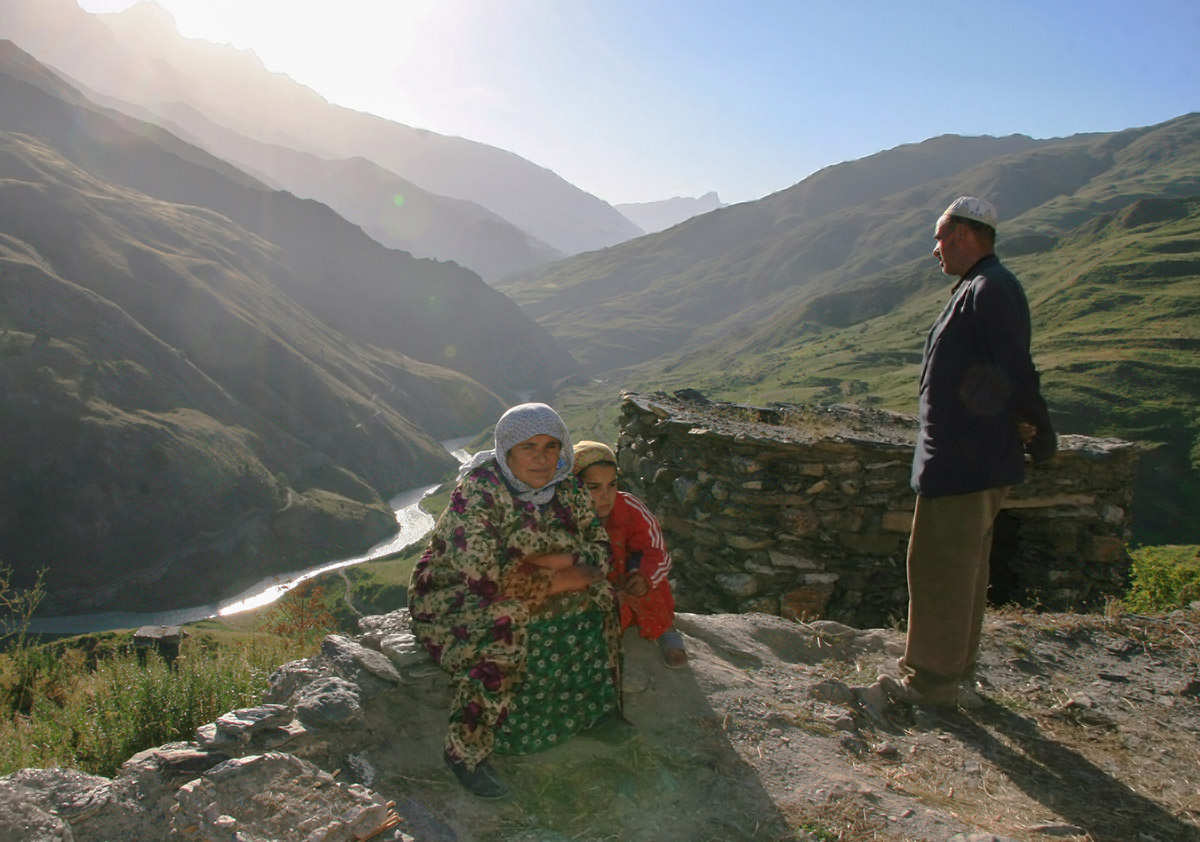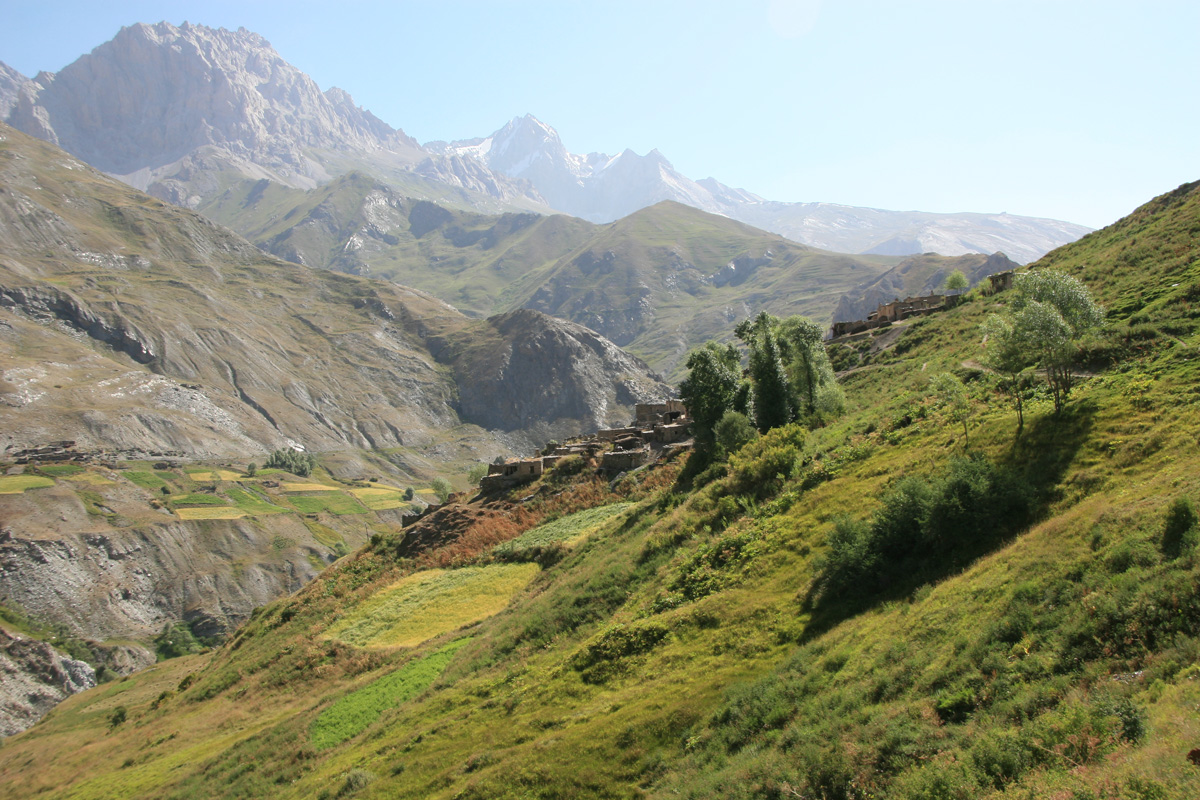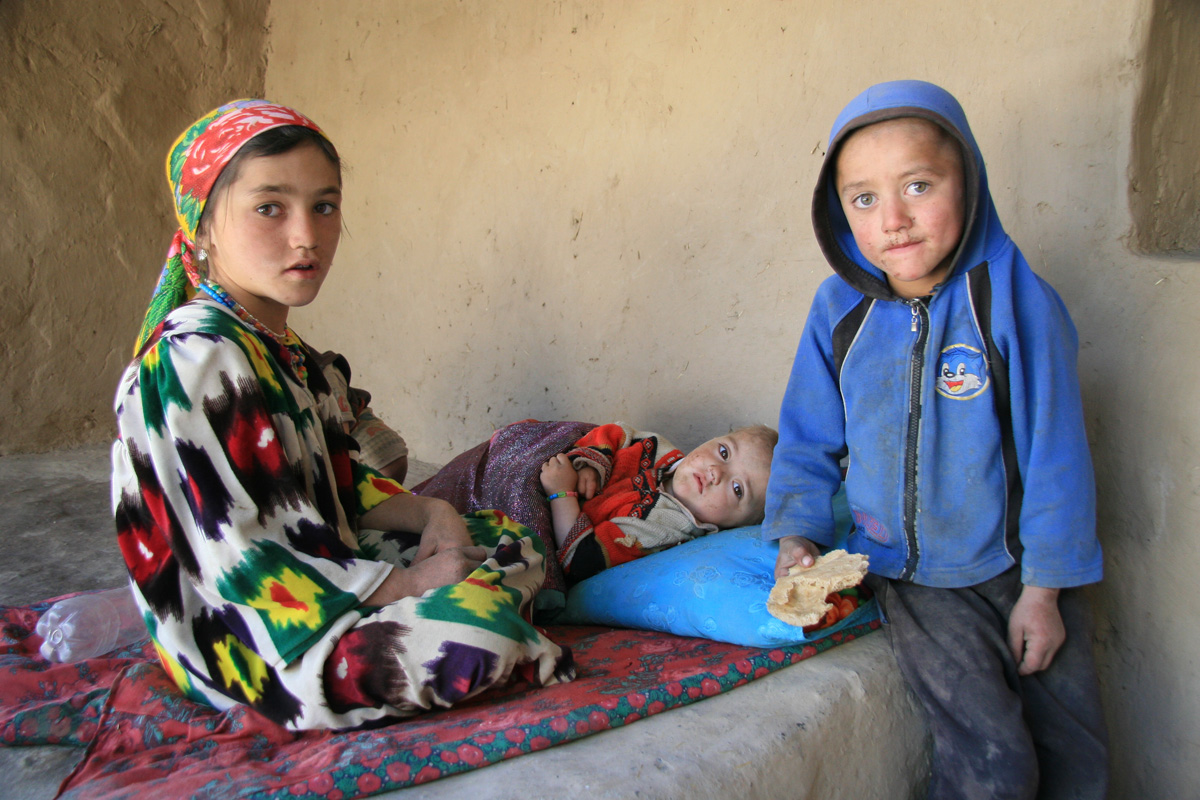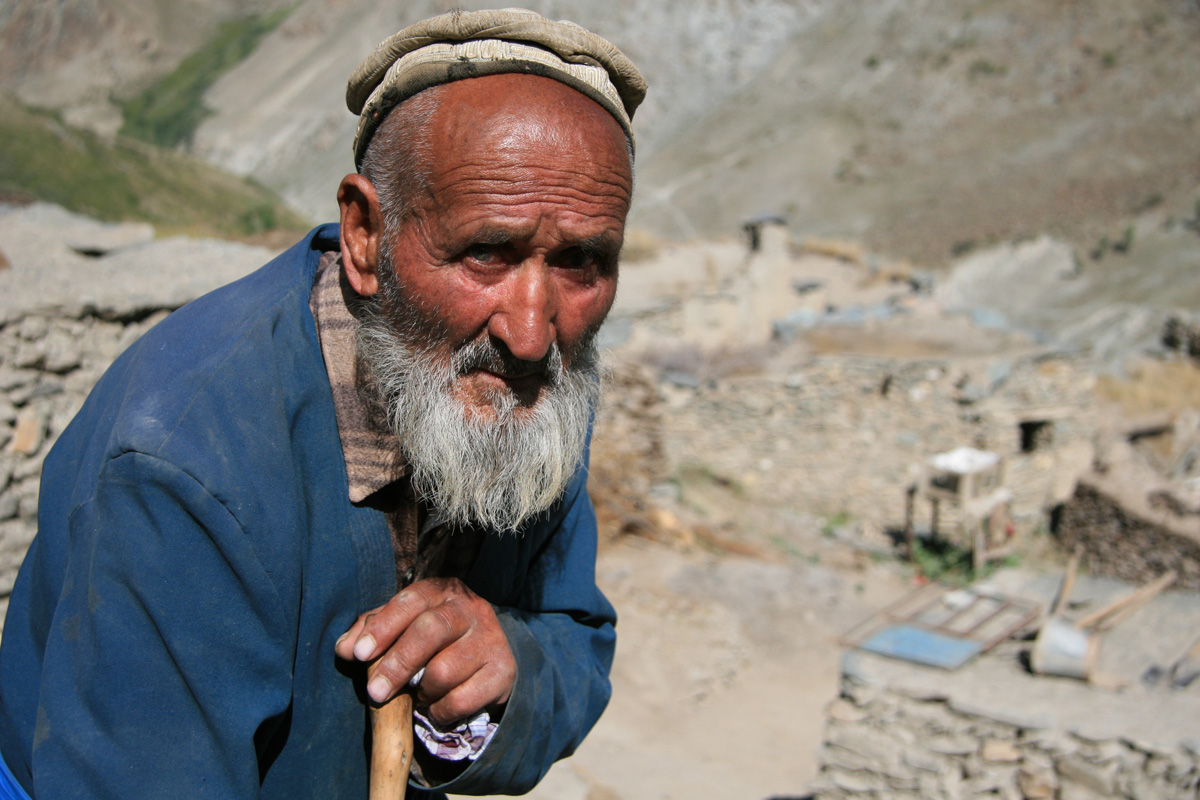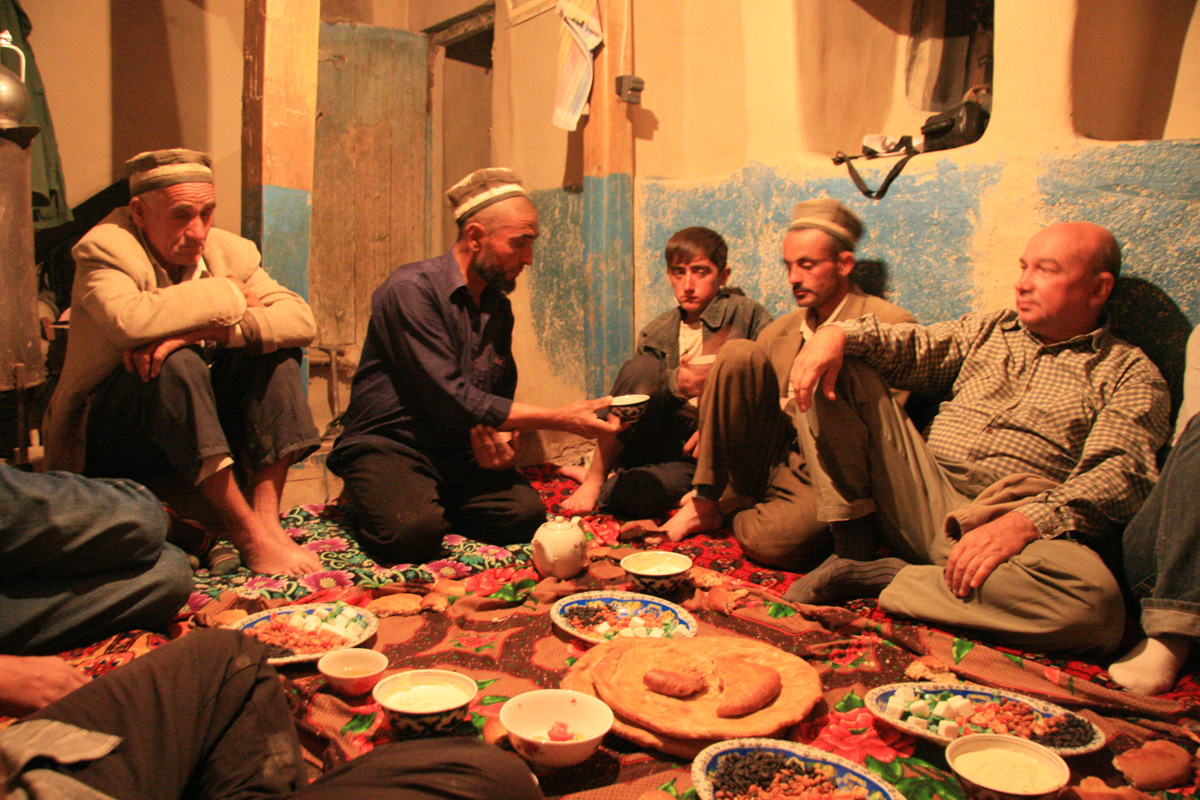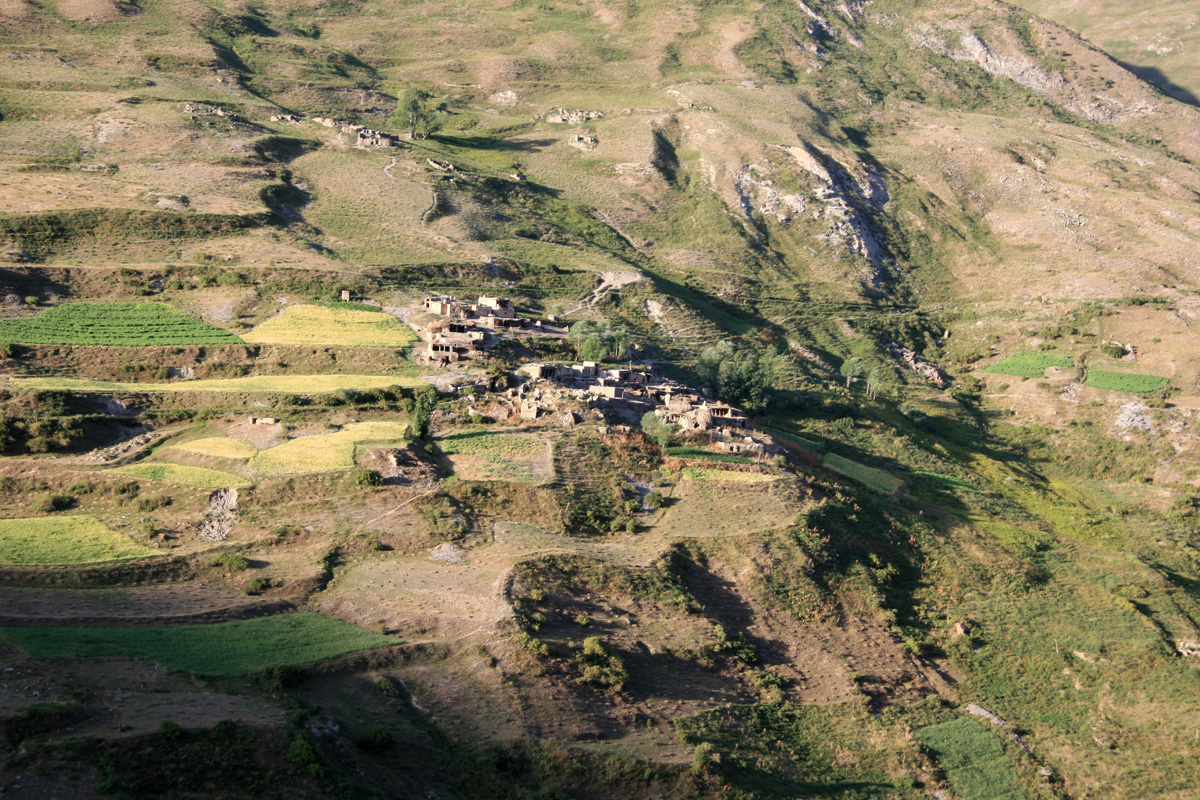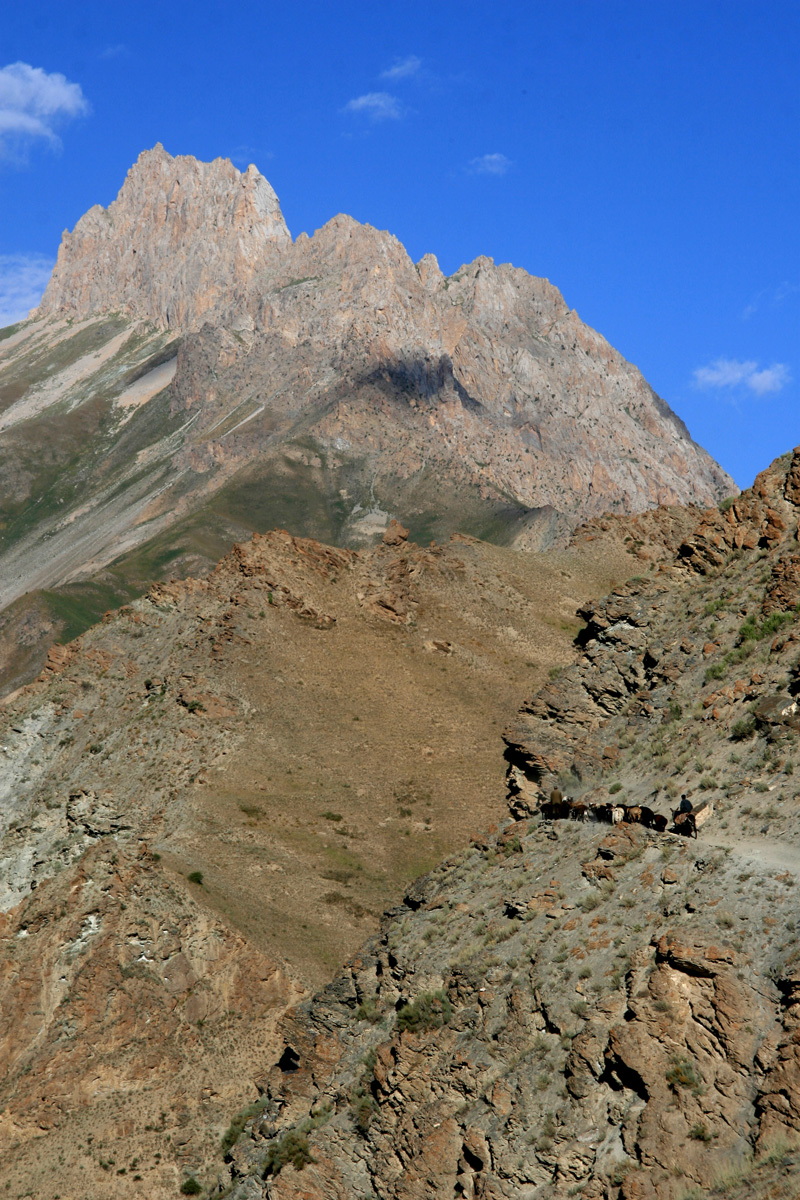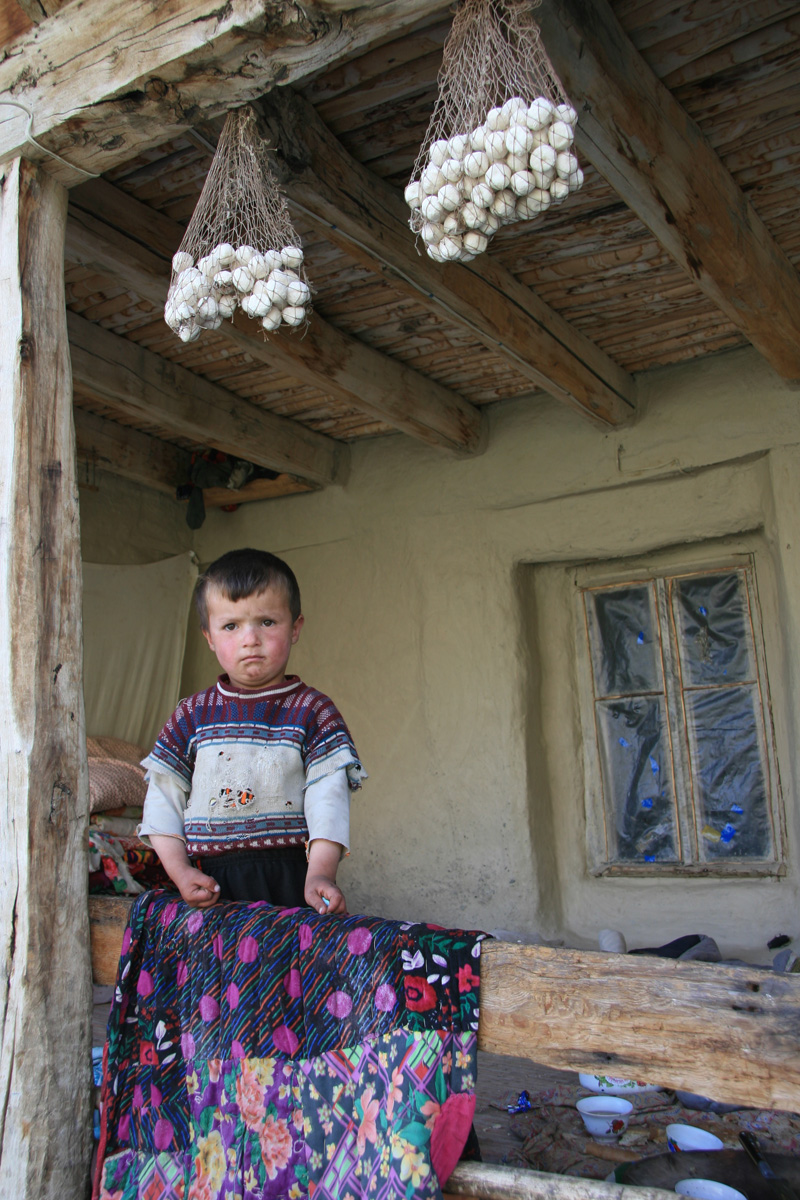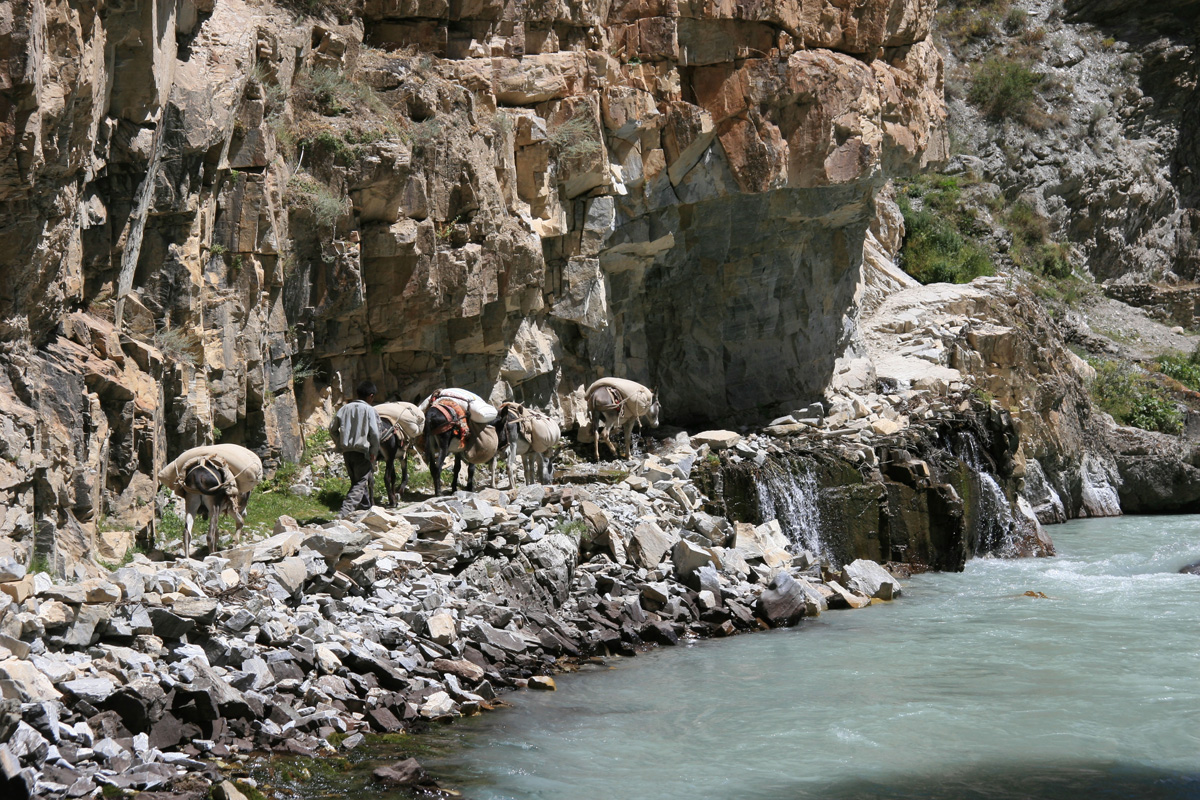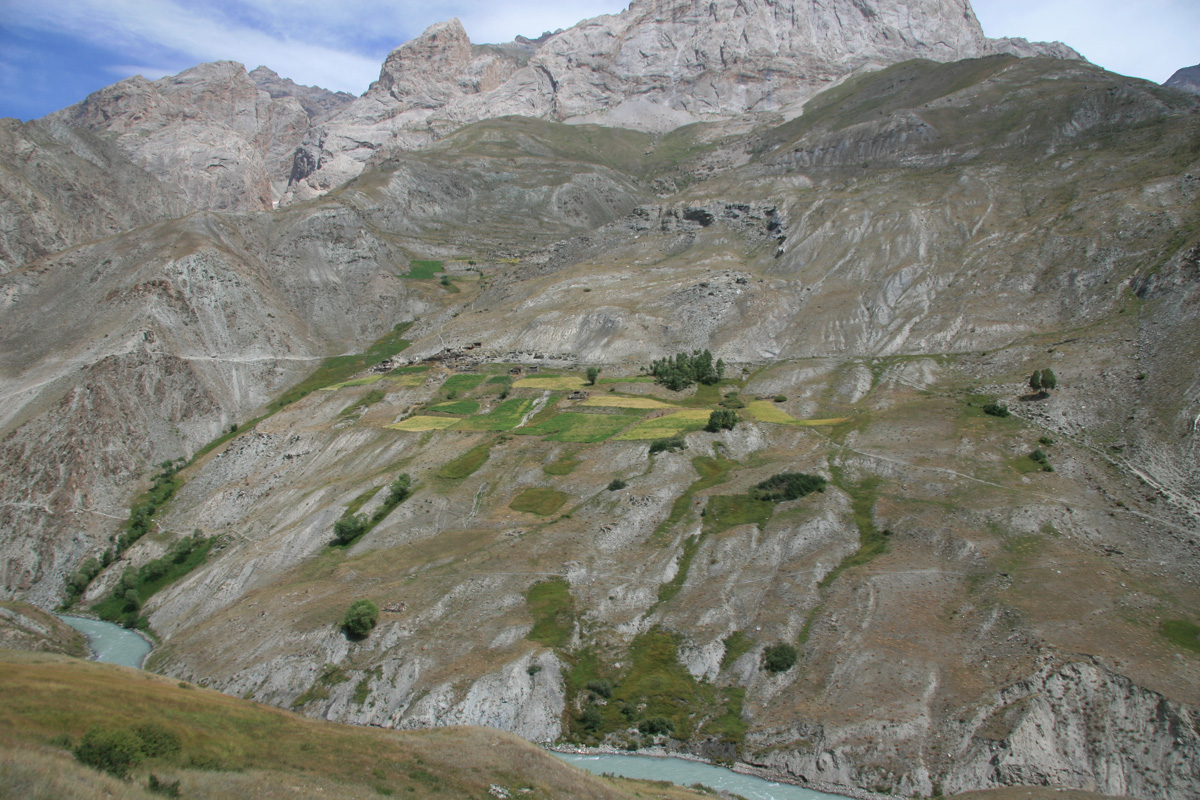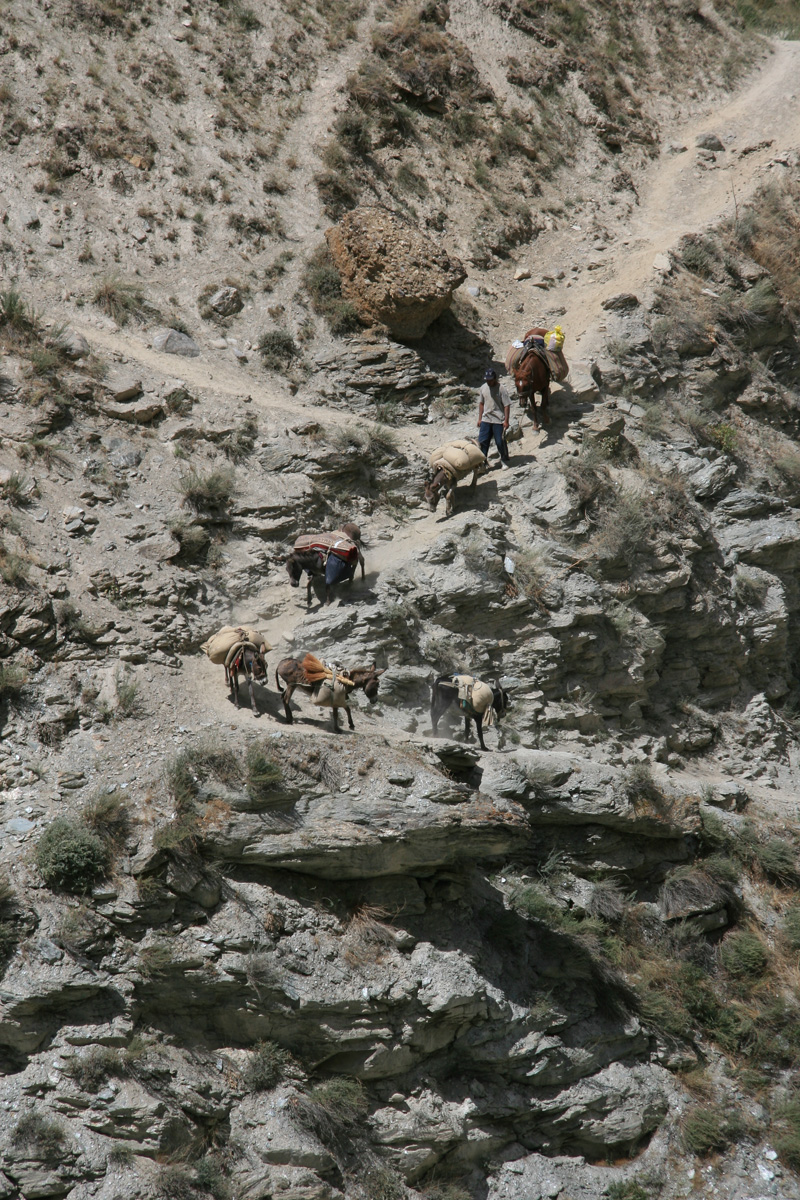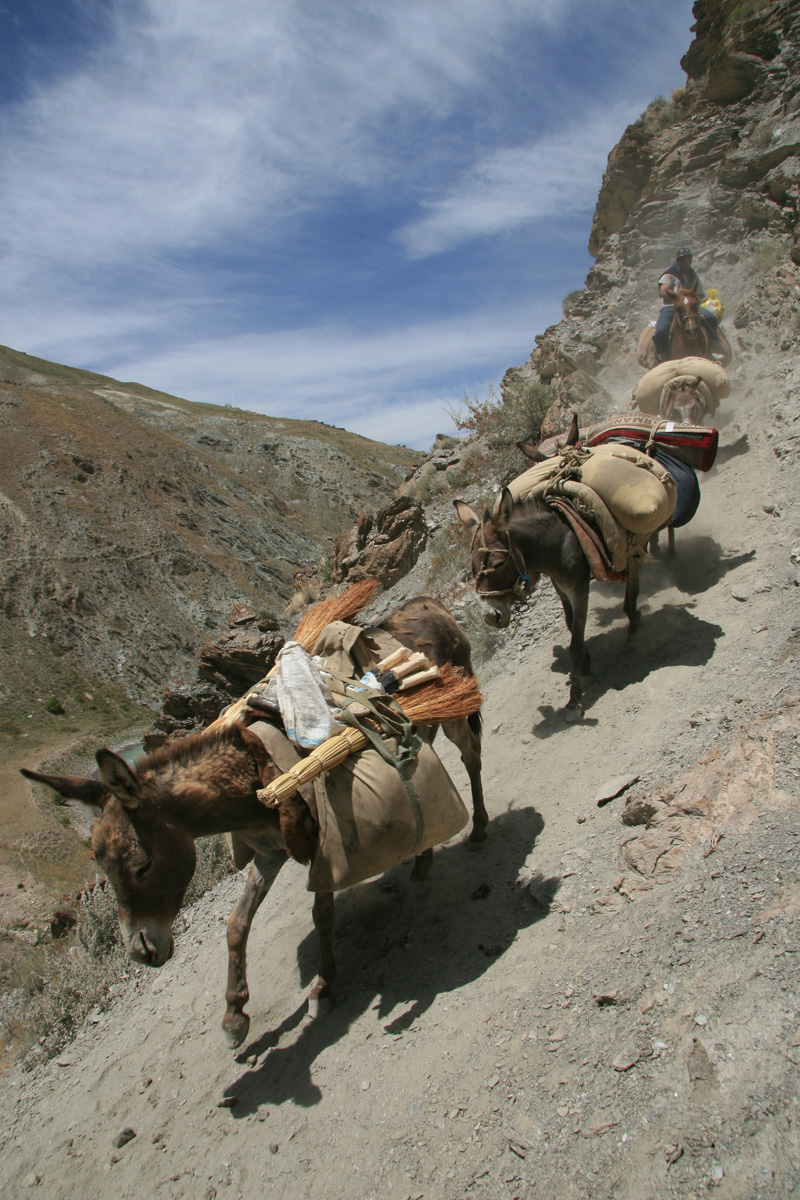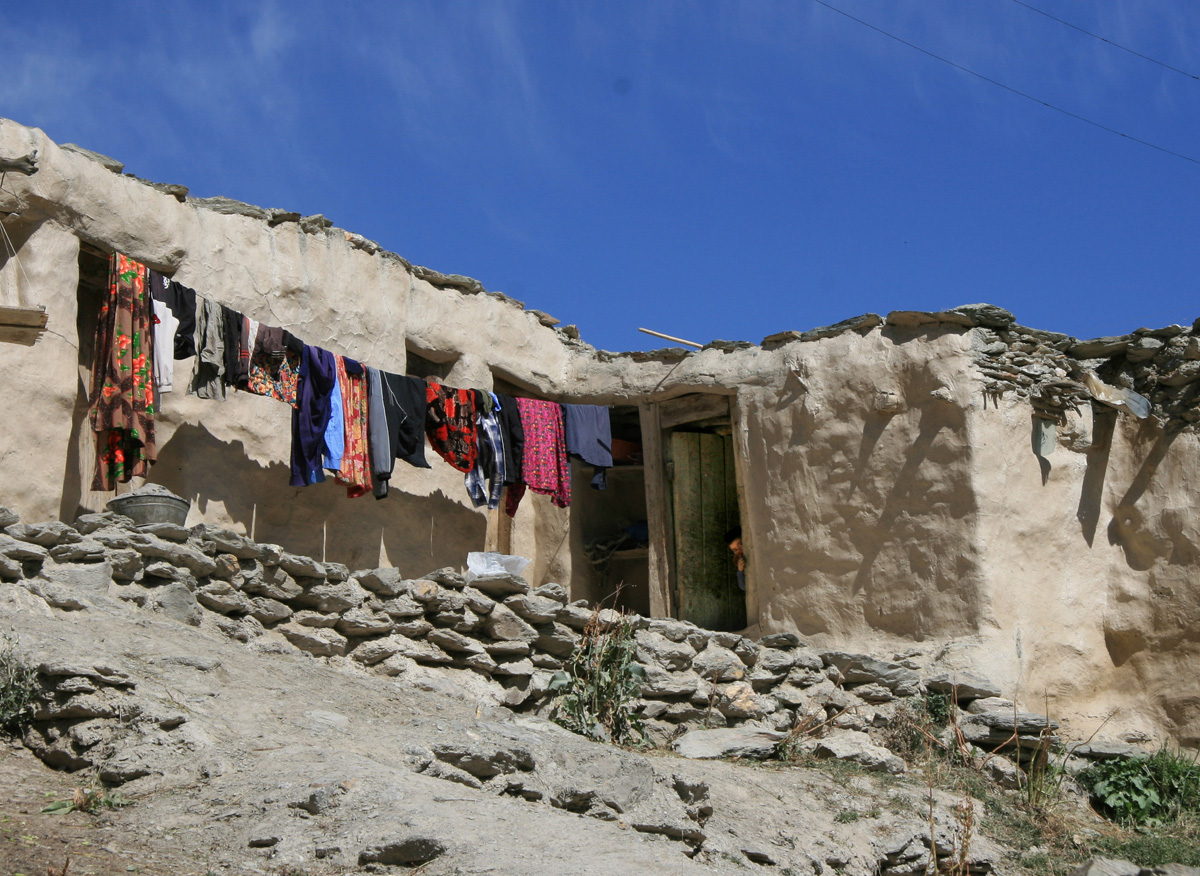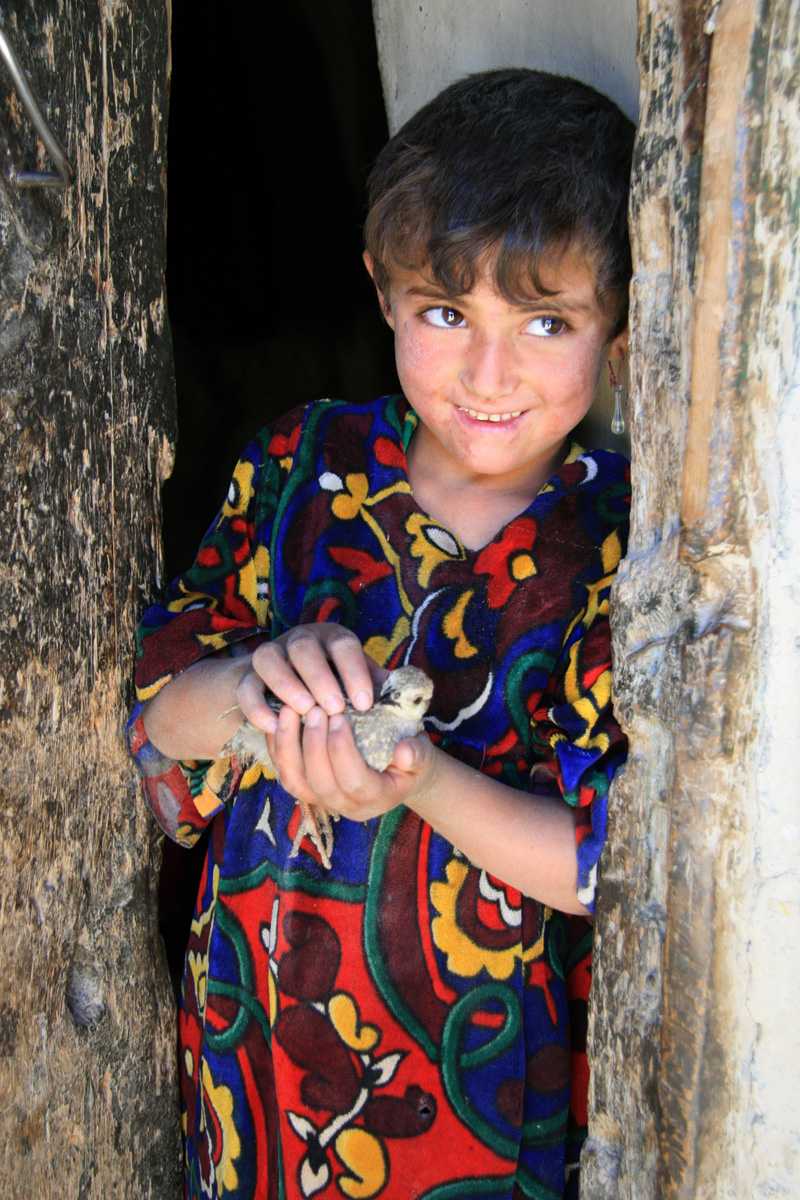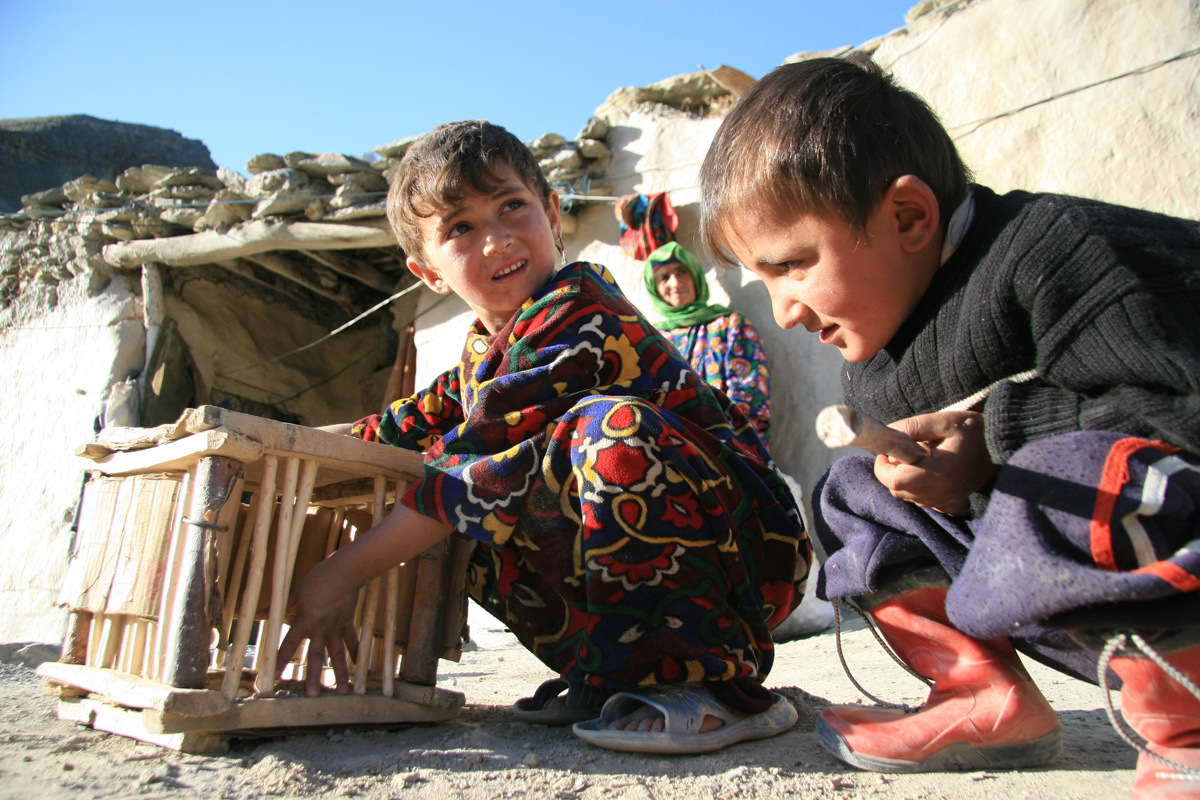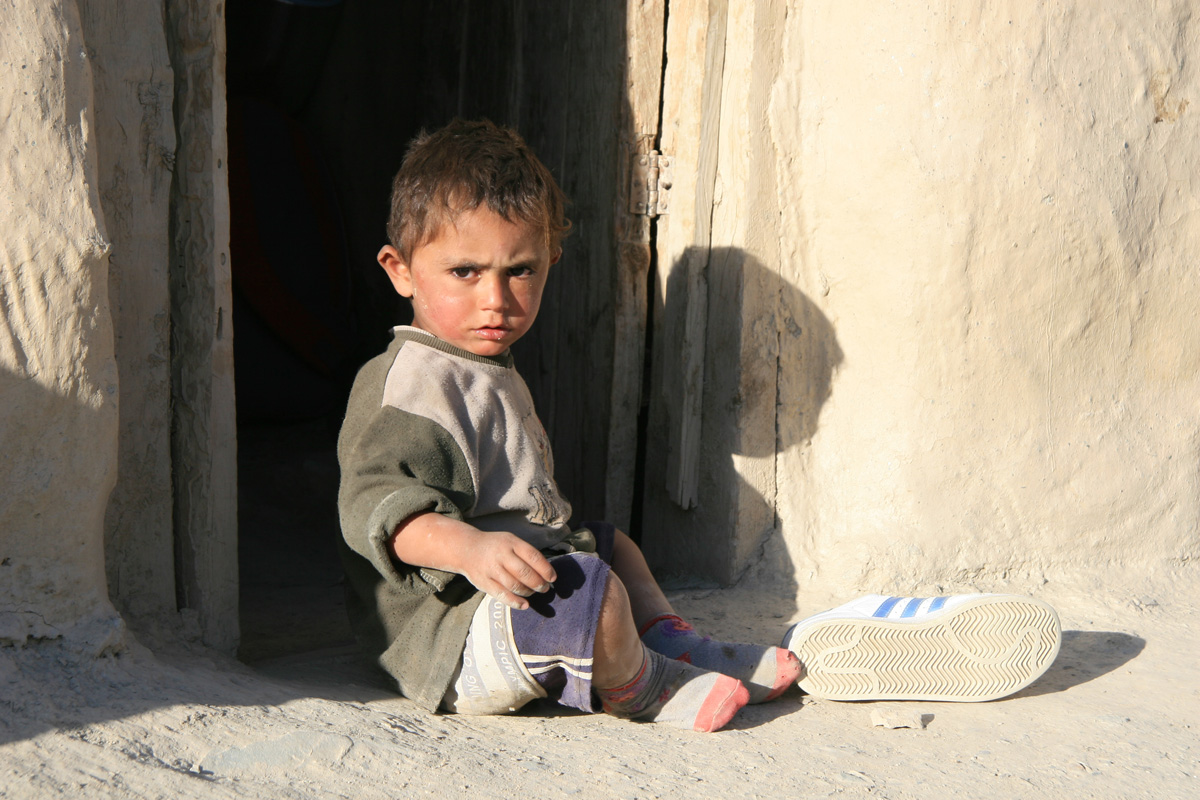A Different Kind of History
History is often envisioned through books, documents, and official records. However, an older, more intimate history exists, conveyed through spoken words, sung melodies, and whispered tales from one generation to the next. This history lives not in libraries, but in memory, forming the bedrock of folklore and oral tradition.
Folklore is more than just fairy tales or old sayings; it is the emotional and moral core of a community, embodying its identity, survival strategies, and shared beliefs. From lullabies and riddles to myths and seasonal rituals, oral traditions have preserved communities’ pasts and their unique ways of navigating the world.↵↵In an age of globalization that often promotes uniformity, these traditions serve as quiet acts of cultural resilience. When languages are threatened, it is often this form of heritage that vanishes most silently.
What Is Folklore, Really?
At its heart, folklore is the living archive of a people, encompassing everything passed down orally: stories, proverbs, songs, chants, jokes, superstitions, legends, recipes, and more. It also resides in rituals—the distinct ways families celebrate marriages, mourn deaths, or welcome spring. Unlike written histories, folklore is inherently participatory, shaped by the teller and adapted for each listener in the moment. This fluidity is its power, enabling it to change with the times while preserving its essential spirit.
More than just entertainment, folklore serves to explain the world by offering origin stories, encoding rules for living, and acting as collective memory for unwritten knowledge. In many Indigenous and minority communities, folklore is the primary educational tool, educating not just children but entire generations.
Stories That Shape a People: Global Perspectives
The impact of folklore is universal, not confined to a single culture. From the Arctic Circle to the Pacific Ocean, the oral transmission of culture has been pivotal in shaping individual and collective identities and in preserving knowledge that is at risk of disappearing.
In Sápmi, the indigenous Sámi people’s traditional lands in Norway, Sweden, and Finland, the unique vocal expression known as joik was once suppressed by assimilationist policies. However, joik endured in private homes and isolated villages, serving as a vehicle for conveying not only stories but also the essence of landscapes, emotions, and spiritual bonds. Today, it is being revitalized as a marker of cultural pride, integrated into school curricula and celebrated in public performances.
In Aotearoa, the Māori people have a long-standing tradition of transmitting values through whakataukī and mōteatea.
The Māori proverb “Ka mua, ka muri,” meaning “Walking backwards into the future,” encapsulates the belief that the past constantly guides our steps. Through Māori oral history, language and traditions have not only survived but have also been instrumental in restoring legal land rights in courts, as these narratives validate ancestral connections.
In the Basque Country, the art of bertsolaritza, characterized by competitive oral poetry, continues to be a deeply revered practice. These improvisational verses, presented to live audiences, artfully combine wit, political commentary, and remembrance. Despite historical persecution under the Franco regime, bertsolaritza has re-emerged as a symbol of cultural fortitude, actively taught to youth as a living tradition.
These diverse examples illustrate that oral tradition acts as a form of cultural subconscious, strengthening with each recitation, safeguarded by deep emotional connections, and passed down discreetly, like a shared secret. Folklore thrives because it holds profound meaning for the people.
What We Lose When Folklore Fades
When a language begins to fade, its grammar and vocabulary might be recorded by linguists, but folklore is far more challenging to capture. It relies on intonation, gesture, timing, and setting – elements that exist only in the moment of telling. Thus, as a community ceases to use its language, its stories also fall silent. The loss is not merely informational but also connective. Folklore contains vital ecological knowledge, such as optimal fishing times, how to interpret clouds, and which plants possess healing properties. It also preserves social ethics, detailing how to raise children, treat guests, and resolve disputes, alongside spiritual balance, including how to honor ancestors, mark seasonal shifts, or protect against misfortune. Without these traditions, younger generations may lose their sense of place and continuity, leaving communities more vulnerable to cultural fragmentation, even if their language technically survives. Furthermore, every oral tradition offers a unique perspective on the world; its fading means we all lose access to another way of understanding the human experience.
The Yaghnobi Example: Stories in the Shadow of Silence
The documents collected over the years—some of which have been shared in this project—contain fairy tales, farming proverbs, healing chants, and legends of exile. They speak of animals that talk, mountains that remember, and rivers that bless or punish. These are not just children’s stories. They teach how to read the land, how to work together, and how to maintain dignity even in displacement.
One tale tells of two brothers lost in the mountains, saved only when they remember a forgotten blessing from their grandmother. Another speaks of a woman who sings to bees to help her crops grow. Such stories contain moral codes, survival wisdom, and identity anchors.
Keeping the Stories Alive
Across the globe, communities are implementing strategies to preserve and share their folklore. These methods include recording elders’ narratives in their native tongues and in translation, educating children via story circles, festivals, and games, and creating bilingual publications and oral history archives. In Yaghnob, similar efforts are underway, with researchers, language activists, and local families beginning to document and translate stories for younger generations, though further progress hinges on time, financial support, and community trust.
Because in the end, every story kept alive is an act of cultural renewal.
In Every Language, a Universe
Folklore is not about dwelling on the past; it’s about living memory. Within every chant, proverb, and tale of talking animals or magical trees lies a people’s entire perspective on existence. The Yaghnobi narrative demonstrates that even the humblest communities harbor vast cultural riches. Their stories, though sometimes obscure, are as vital as any of the world’s great oral traditions. Ultimately, every tale, whether a Basque rhyme, a Māori chant, or a Yaghnobi whisper, carries a thread of universal truth.
